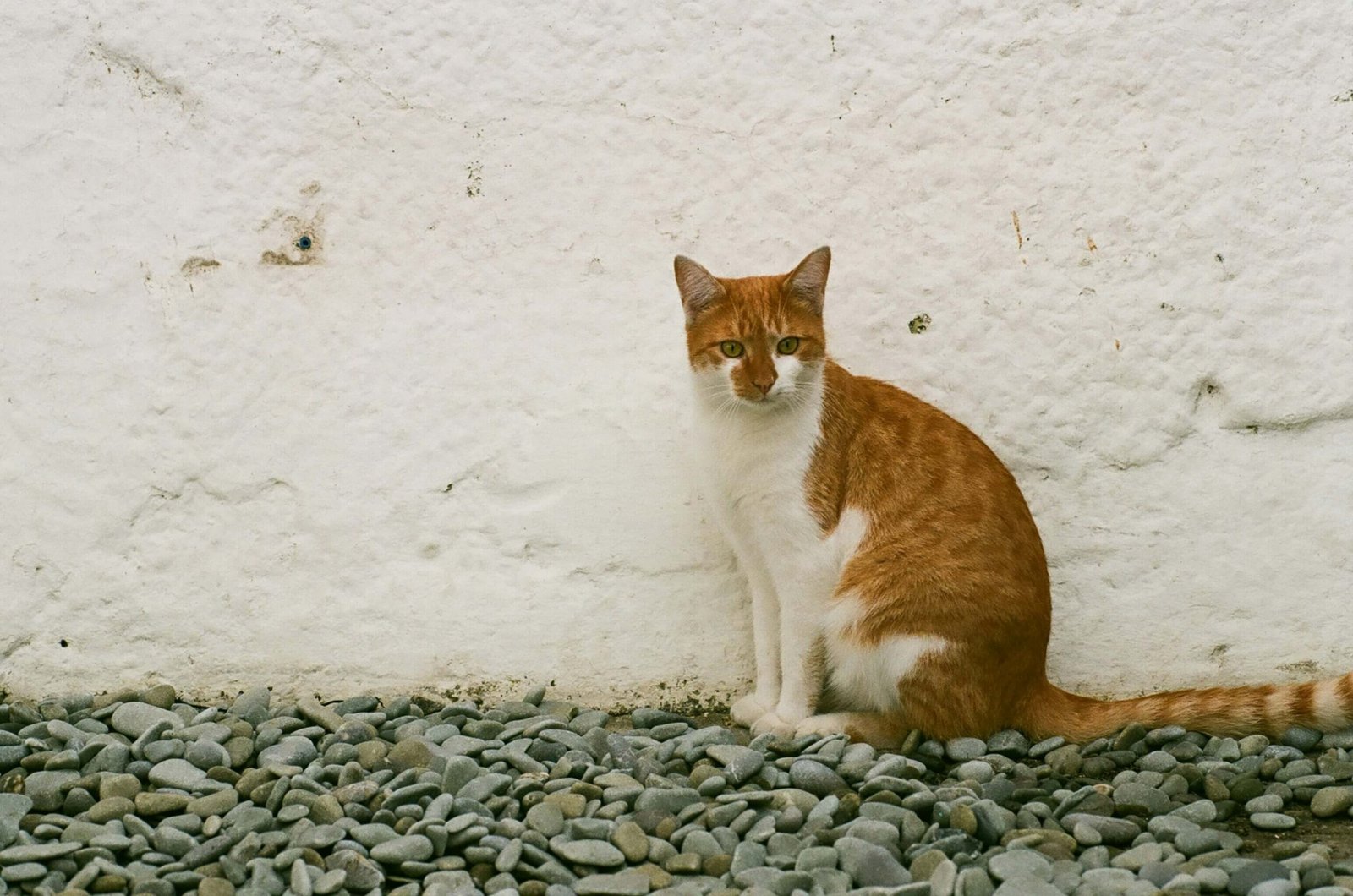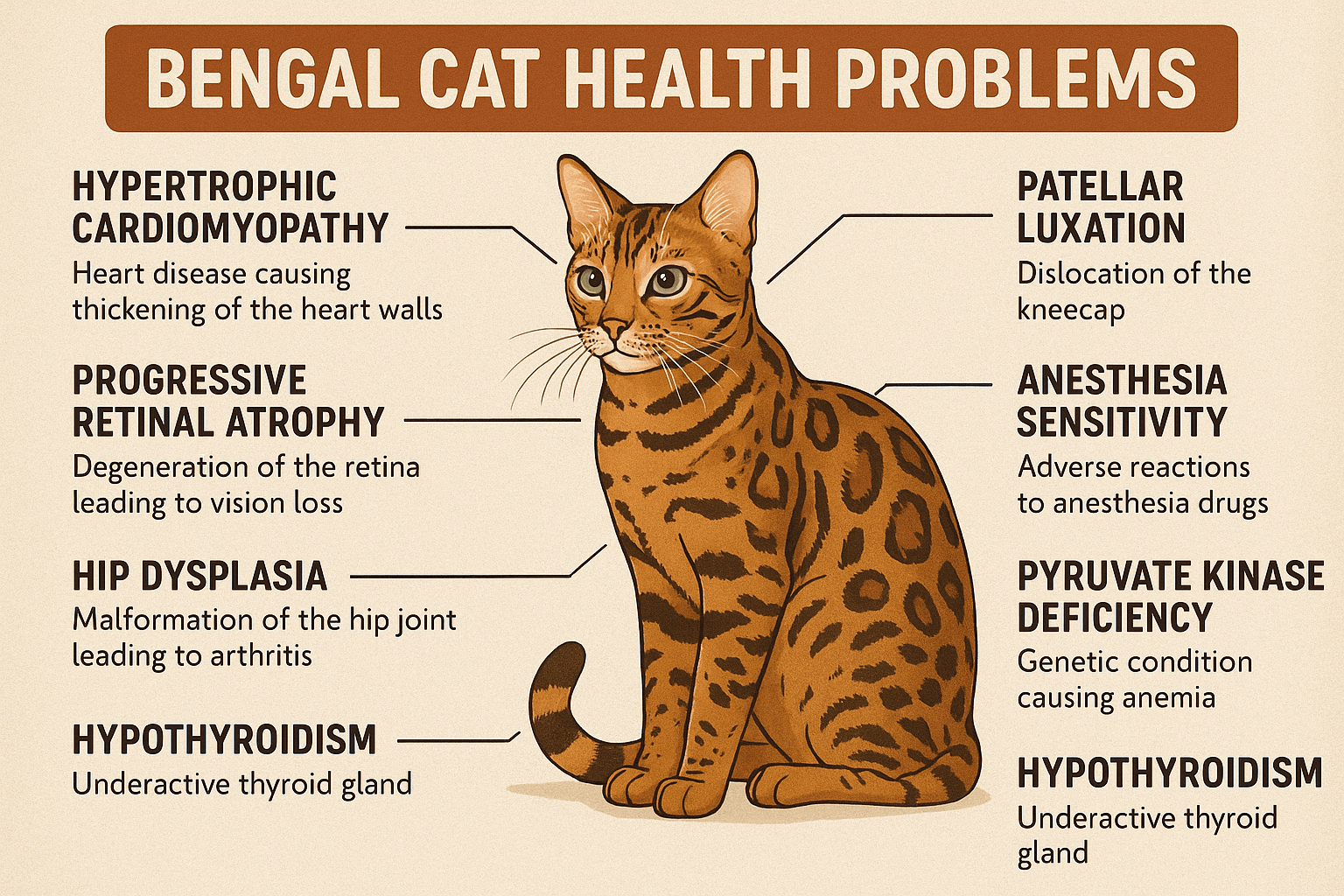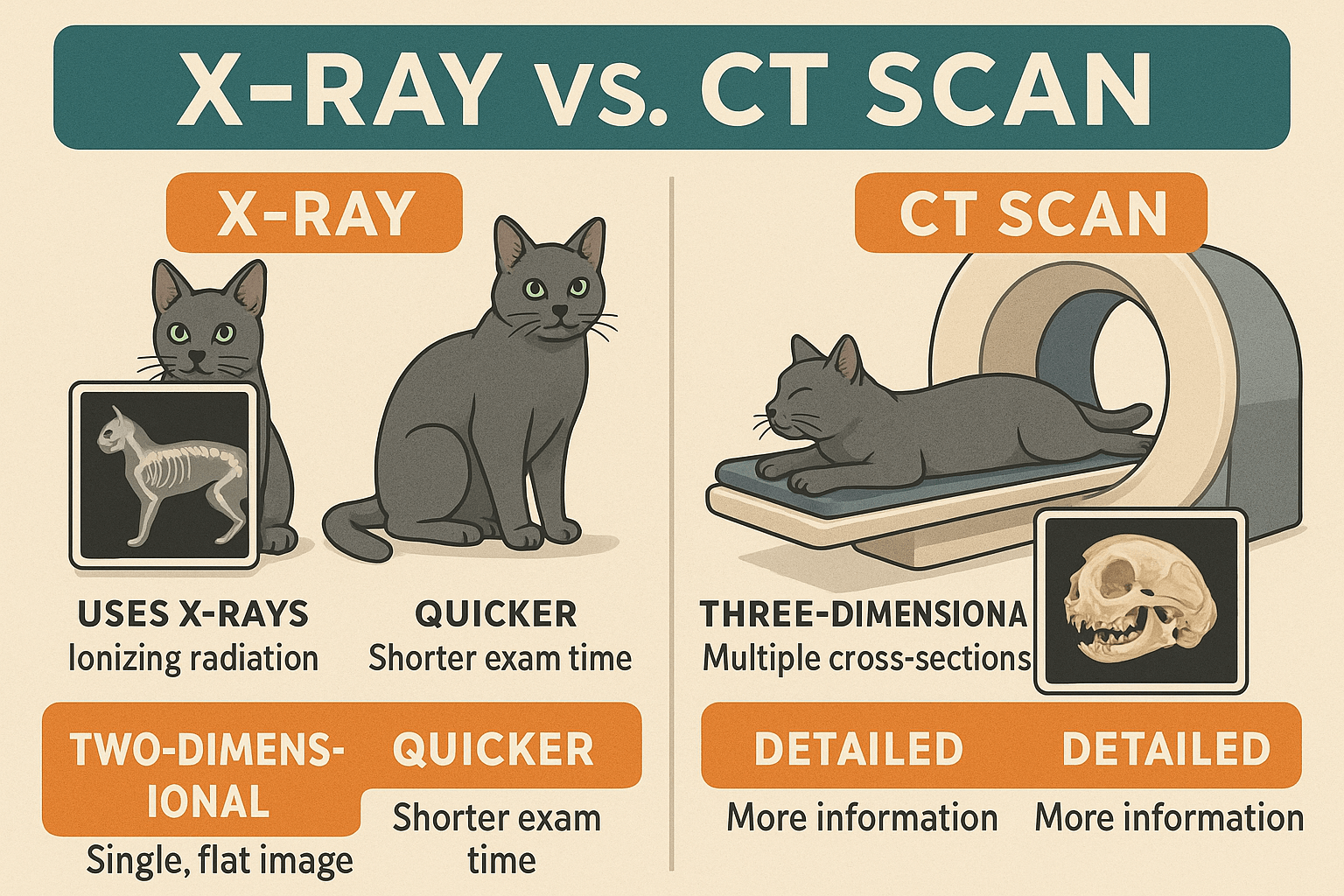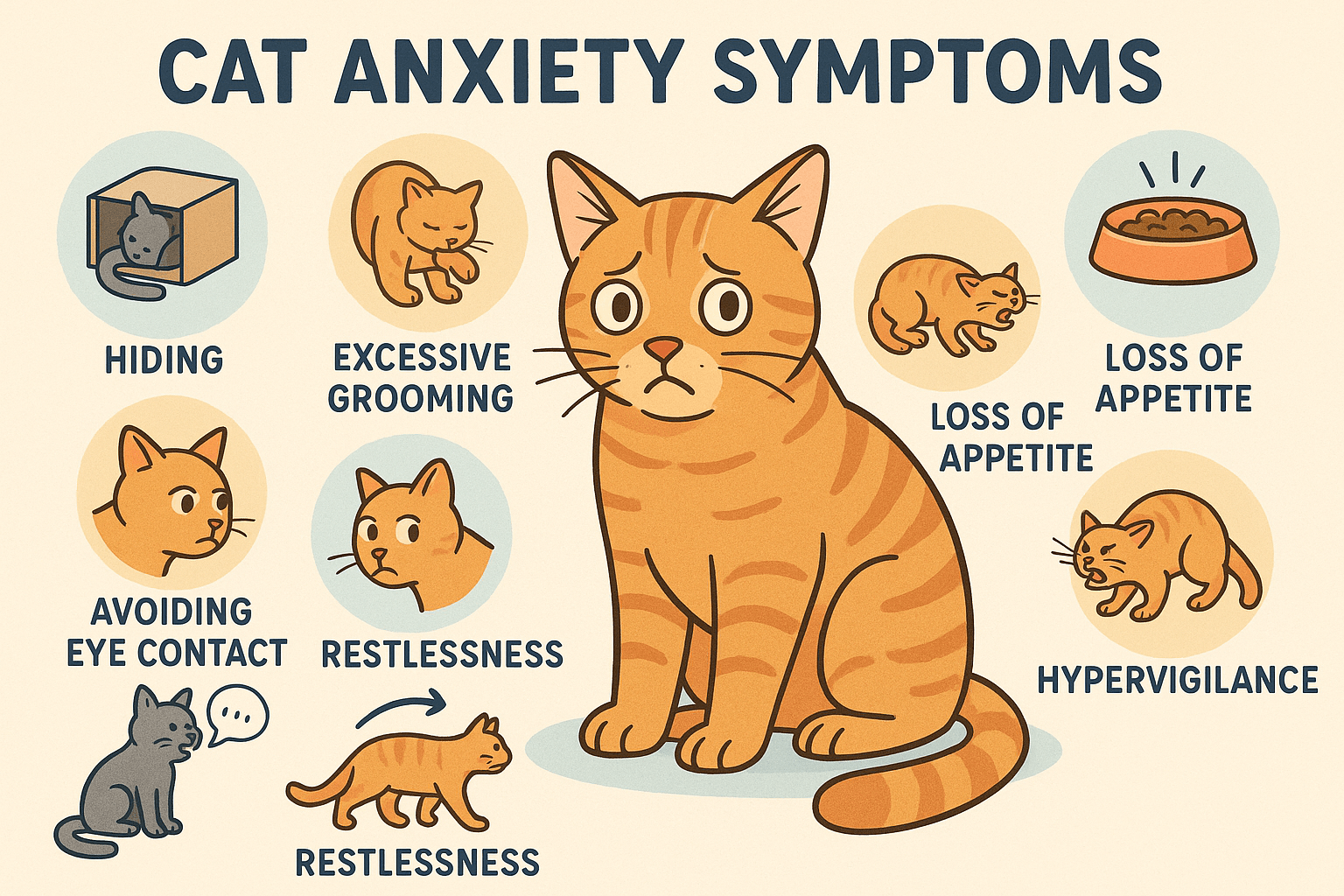Why Isnt My Cat Covering Their Poop?
Cats are often seen as meticulous creatures, known for their cleanliness and careful grooming habits. However, if your feline friend has suddenly stopped covering their poop, it can leave you scratching your head—or worse, holding your nose. While this behavior might seem strange or even frustrating, there’s usually a reason behind it. Cats communicate through their actions, and understanding why they do what they do is key to resolving the issue. In this blog post, we’ll explore the possible reasons why your cat isn’t covering their poop, how to address the problem, and tips for maintaining harmony in your home.
Common Reasons Why Cats Stop Covering Their Waste
While cats are naturally inclined to cover their poop, certain factors can disrupt this instinct. Below are some of the most common reasons why your cat might stop engaging in this behavior. Understanding these causes can help you identify the root of the issue and take appropriate action.
Territorial Behavior
Cats may refuse to cover their poop as a way to mark their territory. Leaving their scent behind is a natural instinct, especially if they feel threatened or insecure in their environment.Health Issues
Pain or discomfort caused by medical conditions such as arthritis, urinary tract infections, or gastrointestinal problems can make digging or covering painful.Litter Box Problems
A dirty litter box or one that’s too small can discourage your cat from spending time in it, let alone covering their waste.Stress or Anxiety
Changes in the household, such as moving to a new home or introducing a new pet, can cause stress, leading to changes in litter box habits.Behavioral Changes
Sometimes, cats develop quirks or preferences as they age. A shift in routine or personality can influence their bathroom behavior.
If your cat has suddenly stopped covering their poop, consider these potential triggers. Addressing the underlying cause is the first step toward restoring normalcy.
Signs That Your Cat’s Behavior Is Cause for Concern
While occasional lapses in covering poop might not be alarming, consistent refusal could signal an underlying issue. Here are some signs to watch for that indicate your cat’s behavior may need closer attention.
Frequent Accidents Outside the Litter Box
If your cat starts avoiding the litter box altogether, it could point to dissatisfaction with their current setup.Visible Discomfort While Using the Litter Box
Signs like straining, crying, or hesitating before entering the box suggest physical pain or discomfort.Aggressive or Withdrawn Behavior
Sudden changes in temperament, such as aggression or withdrawal, can indicate stress or anxiety.Refusal to Use Certain Types of Litter
Some cats are particular about the texture or scent of their litter. Experimenting with different types might reveal preferences.Marking Behavior in Other Areas
If your cat begins spraying or marking outside the litter box, it could signify territorial issues.
By monitoring these behaviors, you can better understand whether your cat’s refusal to cover their poop is a minor quirk or a symptom of something more serious.
Check this guide 👉Why Does My Cat Try to Bury Her Food? Best 7 Behavior Tips!
Check this guide 👉Why Cats Love to Lay Down: Best 7 Expert Tips!
Check this guide 👉Why Does My Cat Shake His Tail? Best 7 Behavior Tips!

Possible Causes | Solutions |
|---|---|
Territorial marking | Neuter/spay your cat; provide safe spaces |
Medical conditions | Schedule a vet checkup |
Dirty or unsuitable litter box | Clean daily; choose the right size/type |
Stress or anxiety | Maintain routines; introduce calming aids |
Behavioral preferences | Observe patterns; adjust accordingly |
How to Encourage Your Cat to Cover Their Poop
If your cat has stopped covering their poop, there are several steps you can take to encourage them to resume this natural behavior. Try implementing the following strategies to create a more inviting environment for your feline friend.
Keep the Litter Box Clean
Regularly scoop out waste and change the litter completely at least once a week to maintain hygiene.Choose the Right Litter
Experiment with unscented, clumping, or non-clumping litters to find what your cat prefers.Provide Multiple Litter Boxes
In multi-cat households, ensure there’s at least one litter box per cat plus an extra one to reduce competition.Place Boxes in Quiet Areas
Position litter boxes away from high-traffic zones to give your cat privacy and peace.Consult a Veterinarian
If behavioral changes persist, consult a vet to rule out underlying health issues.
With patience and consistency, these efforts can help restore your cat’s natural instincts.
Tips for Preventing Future Issues
Prevention is always better than cure when it comes to litter box habits. By taking proactive measures, you can minimize the chances of your cat stopping this important behavior again. Consider the following tips to keep your cat happy and healthy.
Maintain a Routine
Cats thrive on consistency. Stick to regular feeding, cleaning, and play schedules to reduce stress.Monitor Changes in Behavior
Pay close attention to any shifts in your cat’s habits, as early detection can prevent bigger problems.Introduce New Pets Gradually
When adding a new pet to the household, allow time for your cat to adjust to avoid territorial disputes.Use Positive Reinforcement
Reward your cat with treats or praise when they exhibit desirable behaviors around the litter box.Stay Calm During Transitions
Move houses or rearrange furniture slowly to avoid overwhelming your cat.
By staying attentive and responsive, you can foster a harmonious living environment for both you and your furry companion.
Additional Factors That May Influence Litter Box Behavior
Your cat’s decision to cover their poop—or not—can be influenced by a variety of factors beyond the obvious ones. Here are some lesser-known elements that might play a role in their behavior.
Previous Negative Experiences
If your cat has had a bad experience with a litter box, such as being startled or trapped, they may associate it with fear and avoid using it properly.Scent Preferences
Cats have highly sensitive noses, and strong scents from perfumed litters or nearby cleaning products can deter them from engaging in natural behaviors like covering waste.Litter Depth
Some cats prefer shallow litter for easy digging, while others like deeper litter to fully bury their waste. Finding the right depth can make a difference.Location of the Litter Box
Placing the litter box near noisy appliances or in areas with high foot traffic can make your cat feel unsafe and reluctant to stay long enough to cover their poop.Multi-Cat Dynamics
In homes with multiple cats, dominant cats may intentionally leave waste uncovered to assert dominance over submissive ones.
Understanding these nuances can help you fine-tune your approach to creating a litter box environment that suits your cat’s preferences.
Behavioral Training Tips to Encourage Proper Litter Box Use
If your cat is struggling to adjust to proper litter box habits, behavioral training can be a helpful tool. Below are some strategies to guide your cat back on track.
Gradual Introductions
Introduce any changes to the litter box setup slowly, allowing your cat time to adapt without feeling overwhelmed.Positive Associations
Place treats or toys near the litter box to create positive associations and encourage your cat to spend more time there.Demonstrate Desired Behavior
For kittens or newly adopted cats, gently guiding their paws through the motion of covering can help them learn the behavior.Limit Distractions
Ensure the litter box area is calm and free from loud noises or sudden movements that could startle your cat.Reward Good Behavior
Offer verbal praise or small treats when your cat uses the litter box correctly to reinforce the desired actions.
With consistent effort and patience, these techniques can help your cat regain confidence in their litter box routine.
Environmental Enrichment for a Happier Cat
Sometimes, addressing your cat’s refusal to cover their poop requires looking at the bigger picture of their overall well-being. Environmental enrichment can play a significant role in encouraging natural behaviors.
Provide Scratching Posts
Scratching posts near the litter box can satisfy your cat’s need to dig and scratch, potentially encouraging similar actions in the litter box.Create Safe Spaces
Designate quiet, cozy areas in your home where your cat can retreat and feel secure, reducing stress-related behaviors.Rotate Toys Regularly
Keeping your cat mentally stimulated with a variety of toys can reduce boredom and redirect unwanted behaviors.Introduce Vertical Space
Cats love climbing and observing their surroundings from above. Adding shelves or cat trees can boost their sense of security.Use Calming Products
Products like pheromone diffusers or calming sprays can help soothe anxious cats and promote relaxation.
By enriching your cat’s environment, you can address underlying stressors and encourage healthier habits, including proper litter box use.
Frequently Asked Questions About Cats Not Covering Their Poop
Is it normal for cats to stop covering their poop?
While occasional lapses are normal, consistent refusal to cover poop may indicate an underlying issue.
Could my cat’s age affect this behavior?
Yes, older cats may experience mobility issues or cognitive changes that impact their litter box habits.
Should I punish my cat for not covering their poop?
No, punishment can increase stress and worsen the behavior. Focus on identifying and addressing the root cause instead.
How often should I clean the litter box?
Ideally, scoop the box daily and replace the litter weekly to maintain cleanliness.
What if my cat refuses to use the litter box entirely?
Consult a veterinarian immediately, as this could indicate a serious health or behavioral issue.
Restoring Harmony: Understanding Your Cat’s Needs
Understanding why your cat isn’t covering their poop requires patience, observation, and a willingness to adapt. Whether the issue stems from territorial instincts, health concerns, or environmental factors, addressing the root cause is essential for restoring balance in your home. By providing a clean, comfortable space and staying attuned to your cat’s needs, you can nurture their natural behaviors while strengthening the bond between you. Remember, every cat is unique—what works for one may not work for another. With time and care, you’ll find the solution that works best for your feline friend.
High Liver Enzymes in Cats: Best 7 Expert Tips! Discover causes, symptoms, and treatment options for elevated liver enzymes in cats. Learn how to support your cat’s liver health effectively.
Bengal Cat Health Problems: Best 7 Expert Tips! Discover expert advice on common Bengal cat health issues, preventive care, and tips to keep your feline friend healthy and happy for years to come.
X-Ray vs CT Scan for Cats: Best 7 Expert Tips! Discover key differences, benefits, and expert advice on choosing the right imaging method for your cat’s health needs.
Cat Anxiety Symptoms: Best 7 Expert Tips! Discover signs of feline stress, effective calming strategies, and expert advice to help your cat feel safe, happy, and relaxed at home.





